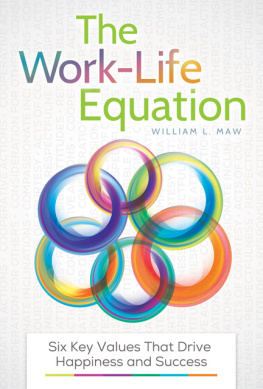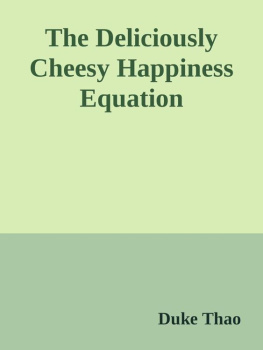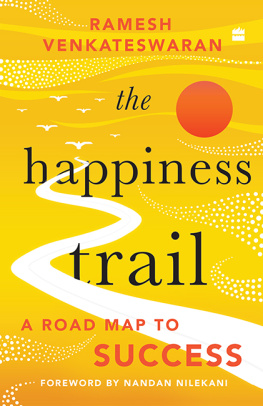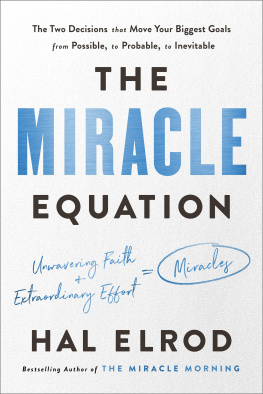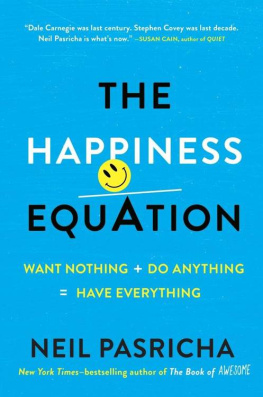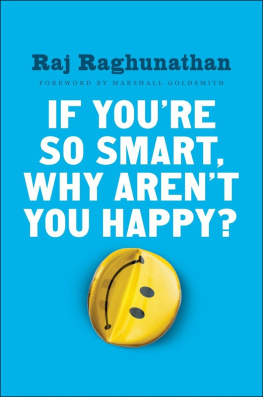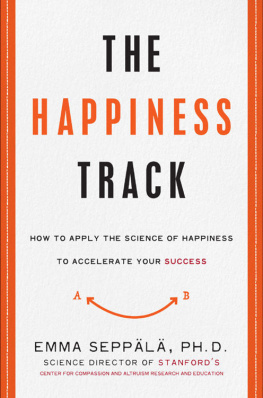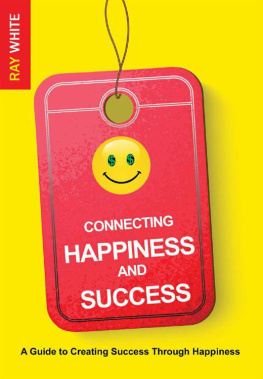
With its 24/7, always connected pace, The Information Age has left many of us with a sense of overwhelm. But before you reach your breaking point, pick up Bill Maws dynamic new book The Work-Life Equation. The author lays bare his own career with a blueprint that dares you to rekindle your sense of play, infuse your career with the primal excitement many of us have lost, while figuring out what truly matters. If you want to get your life back in balance, and need the tools to do so, pick up The Work-Life Equation.
Brad Szollose, Global Business Adviser, Cross-Generational
Workforce Intelligence. Award-winning author of
Liquid Leadership: From Woodstock to Wikipedia
The Work-Life Equation is an aha-moment from beginning to end for millions of people on the treadmill of life trying to have it all, yet feeling abandoned by it all.
Vicki Donlan, Author, Speaker, Business and Health Coach
The ideas in The Work-Life Equation really add up, and I look forward to applying these six key values to my own life, as well as sharing them with others.
Todd Cherches, CEO, BigBlueGumball
Your bottom-line begins and ends with the work culture you createThe Work-Life Equation presents the secrets to creating a positive, fulfilling culture.
Shelley Hall, Principal, Catalytic Management LLC,
Speaker and Author

Copyright 2015 by William L. Maw
All rights reserved. No part of this publication may be reproduced, stored in a retrieval system, or transmitted, in any form or by any means, electronic, mechanical, photocopying, recording, or otherwise, except for the inclusion of brief quotations in a review, without prior permission in writing from the publisher.
Library of Congress Cataloging-in-Publication Data
Maw, William L.
The work-life equation : six key values that drive happiness and success / William L. Maw ; foreword by Suzanne Bates.
pages cm
ISBN 978-1-4408-3245-1 (hardback)ISBN 978-1-4408-3246-8 (ebook) 1. Quality of work life. 2. Work environment. 3. Organizational behavior. 4. Work and family. I. Title.
HD6955.M346 2015
650.1dc23 2014040265
ISBN: 978-1-4408-3245-1
EISBN: 978-1-4408-3246-8
19 18 17 16 15 1 2 3 4 5
This book is also available on the World Wide Web as an eBook.
Visit www.abc-clio.com for details.
Praeger
An Imprint of ABC-CLIO, LLC
ABC-CLIO, LLC
130 Cremona Drive, P.O. Box 1911
Santa Barbara, California 93116-1911
This book is printed on acid-free paper 
Manufactured in the United States of America
In memory of my friend and brother-in-law
JIM CALDWELL
who passed away in 2013 after a hard-fought battle against ALS,
also known as Lou Gehrigs disease. Jim was a wonderful role model
for the six values of the Winning Formula, as they were clearly
embedded in his work and life.
Contents
Foreword
Suzanne Bates
When Bill Maw asked me to review his new book with an eye toward potentially writing its foreword, I was willing to do it because of the kind of person he is. A straightforward, honest, considerate business leader, Bill is someone you would not only want to do business with but would be perfectly comfortable having dinner with socially, or arranging a play date for your kids and his, or joining him and his family for a barbecue or a baseball game. Thats because Bill is not just a success in business but is also a success in life, exhibiting behaviors at once competent, skillful and visionary (business), and humble, communicative, and compassionate (personal).
Tragically, Bill is in some ways an island unto himself. For so many other business leaders, the phrase business success refers to someone who is hard-nosed, bottom-line oriented, calculating, and a winner who beats the competition. In most office environments, this typically translates into a drive for results at any cost, despite the health and well-being of other individuals who work there. To be the boss is to be tough, impersonal, imperative, and always in control. Should it be your fate to report to such a boss, your work week is likely to consist of five long days of unenjoyable stress and insecurity within a culture where lip service is paid to open dialogue, personal motivation, and teamwork, but where true manifestation of any of these will be typically met with recriminations and subtle penalties.
Bill terms such all-too-prevalent work conditions the sad office, a place where people come to toil not thrive, put up with things that depress them, and long for the day when they can either quit or retirethat is, get the hell out!
Perhaps serendipitously, not too long ago I and my team of executive coaches began recognizing this same dynamic dominating too many work environments in too many industries. This got us wondering if anything could be done about it, starting us on an exploration of how top leaders in business are measured with regard to their executive presence and influence. Which attitudes and behaviors are viewed as most desirable? Which are valued as superior and inferior to others? Are any effective skill sets or behaviors ignored when perhaps they shouldnt be?
The outcome of our examinations has been the development of a first-ever scientific model that embraces 15 facets of executive presence, many of which have never been viewed as especially relevant to the overall effectiveness of a business leader. Some of our new facets, for example, include precisely the kinds of characteristics and behaviors that Bill has outlined in this book. For him this means key values not typically associated with business leadership such as compassion, consideration, and courtesy. For my new Bates ExPI model, this means heretofore foreign business concepts such as humility, integrity, authenticity, and restraint. Its been said that great minds think alike. Well, at the very least, in this case it seems that great ideas can come together within a similar time frame!
For my new executive presence measurement tool, the end goal is to enable a leader to get substantially better at leading and influencing via a positive, energized, fair, and resonant manner. For Bills work-life equation, the end goal is even loftier: a reduction in the number of sad office places by transforming them into business second homes that genuinely foster happiness. In terms of a stirring example of common ground, my vision and Bills vision seem to be definitely meeting each other at a core values crossroad.
Near the end of this book Bill writes, We do not change easily or overnight. It takes time, willpower, and effort. Whatever your age, its never too late. Though Bill is correct that such change cannot occur overnight, I also know that he joins me in believing that it can occur. The well-known Chinese proverb reminds us that a journey of a thousand miles begins with a single step. The Work-Life Equation is a worthy first step for us all on this critical journey.
Suzanne Bates is an executive coach, author, certified speaking professional (CSP), former award-winning television news anchor, and CEO of Bates Communications, Inc.
Preface
Most of us actually stifle enough good impulses during the course of a day to change the current of our lives.
William Moulton Marston
With one kind gesture you can change a life. One person at a time you can change the world. One day at a time we can change everything.
Next page
